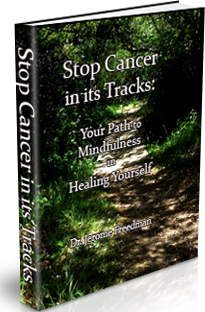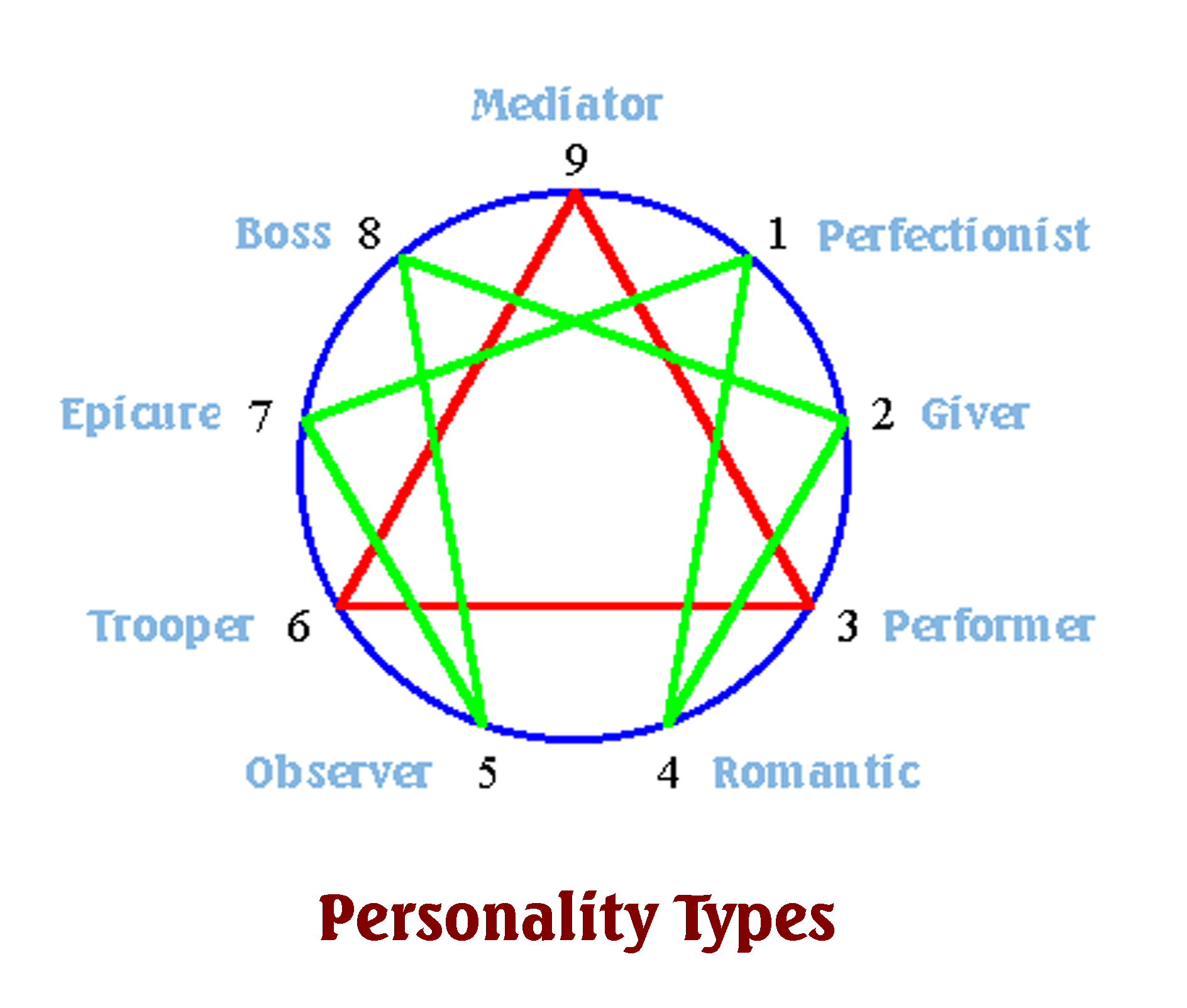This article contains a video of Pebble Meditation from Plum Village conducted by another monk, Thay Phap Luu. The video was produced by Peace Is The Way Films.
If you ever listen to Zen Master Thich Nhat Hanh teach the children how to do this, you may wonder what he is talking about. He calls it “peeble meditation!” I am tempted to do so because it sounds nice and children really seem to like it.
The children gather four pebbles and put them in a pouch. During the meditation they put their pouch on their left and pick a pebble out of it. They transfer it to their right hand, and recite a gatha (verse) on each of them in turn.
When the children breathe in, they recite the first part of the gatha, and when they breathe out, they recite the second part of the gatha.
For the first pebble, the children see themselves as a flower in the garden of humanity. The flower represents freshness. The gatha is “I see myself as a flower” (first part) and “I feel fresh” (the second part).
For the second pebble, they see themselves as a mountain solid. This gives them a sense of stability. (“Mountain,” “Solid”).
The third pebble represents clear water like you see in a mountain pond or lake. It represents reflecting – reflection what is true. They learn to see things just as they are. (“Water,” “Reflecting).
The last pebble represents space. The children learn that space provides them with freedom. (“Space,” “Free”).
Enjoy the video and comment below.
If they feel frightened or uneasy at any time, they can pick out their mountain pebble and begin to feel more solid.
If their mind is not clear and they have a lot of unrecognized our painful emotions coming up, they can reach for the water pebble and begin to reflect on what is real. They will begin to see things more clearly.
Finally, if they feel a little hemmed in or trapped, they can find the space pebble and begin to get free of these troubling emotions.
Do you like this version of pebble meditation? Do you know any children (ages 3-103) that can benefit from it? Won’t you please tell them about this articles?






